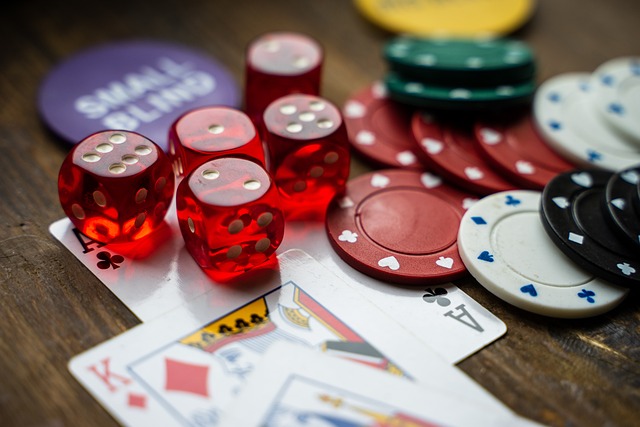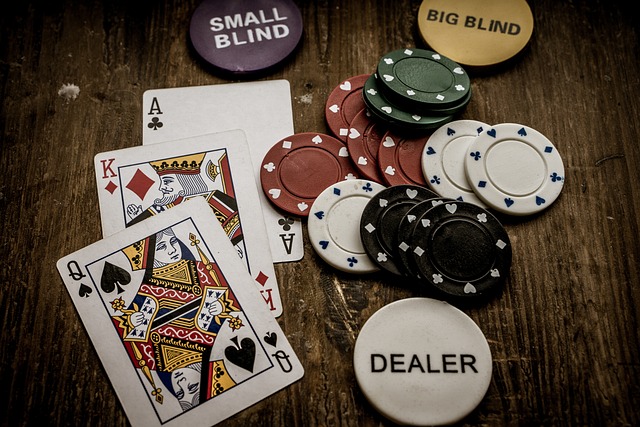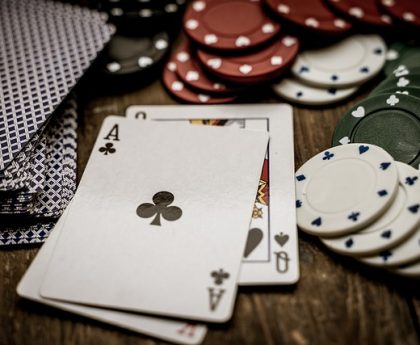Bluffing is not what people are used to seeing on TV and in the movies. It’s not crazy bets with beautiful but completely blank cards, it’s not risking millions with a beastly stare and cigar chewing to force your opponent to fold.
In the poker that is played to maximise mathematical variance and profit, or the poker that we play, the bluff is a banal concept used to make money. It is not a colourful act that we do to increase our pleasure and adrenaline. In a normal game, it is impossible to play poker with a positive balance without a simple (and sometimes not so simple) bluff. The bluff is an integral part of a good player’s arsenal of weapons that should be used not too often, but regularly.
Being able to bluff after the flop will more often than not give you a good return, provided of course that the bluffing is done professionally. That’s why we’ll take a look at some standard variations of the bluff below.
Stealing from a thief in poker

When it comes to preflop strategy, remember that it is an opportunity to make money from blind thieves.
Situation. You are in the dealer’s position and you are dealt 44 cards (J8s, KJo, A5s, Q4o) – you can imagine any two-card hand. All players have chosen to fold before you, and you decide to make a standard 4BB raise, the small blind folds, and the big blind re-raises to 12BB. What do you do? Obviously, you’ll fold. You can only do something about this if you are sure that his cards are no better than yours. He’s not crazy and wouldn’t raise back preflop with Q4, is he? You know him as a regular player in this limit, so throwing cards away is not worth discussing.
Do you understand what this is going to be about? You have put a big blind in play. A player you know, who is a regular multi-table player, tries to steal the blinds. The small blind discards his cards, but you don’t care what cards you are dealt to re-raise in this situation. What you absolutely need is the confidence that this is an adequate regular player. The other thing is that this trick should not be used too often.
Some regular players at this betting level have one weakness that we need to exploit in this situation. When they see the opponent raise again, they conclude: “O! He has good cards, I’ll call and look at the flop, if I catch two pair or a set, he’ll pay me for sure!”. These players respond to such repeated raises with the intention of folding if the flop doesn’t match. Therefore, if your re-raise is matched, repeat the bet on the flop. You’ll be surprised how rarely you’ll get resistance.
But remember – this trick should not be used too often. If you do it every round, and against the same player, he will either call your bets or play the whole pot in response to your re-raise on the flop. Is this necessary?
The slower you go, the further you get. Only use this trick against players you are sure will act appropriately. Besides, if an adequate opponent raises in early position, he’s bound to have something better than a jack of clubs and a three of clubs.




